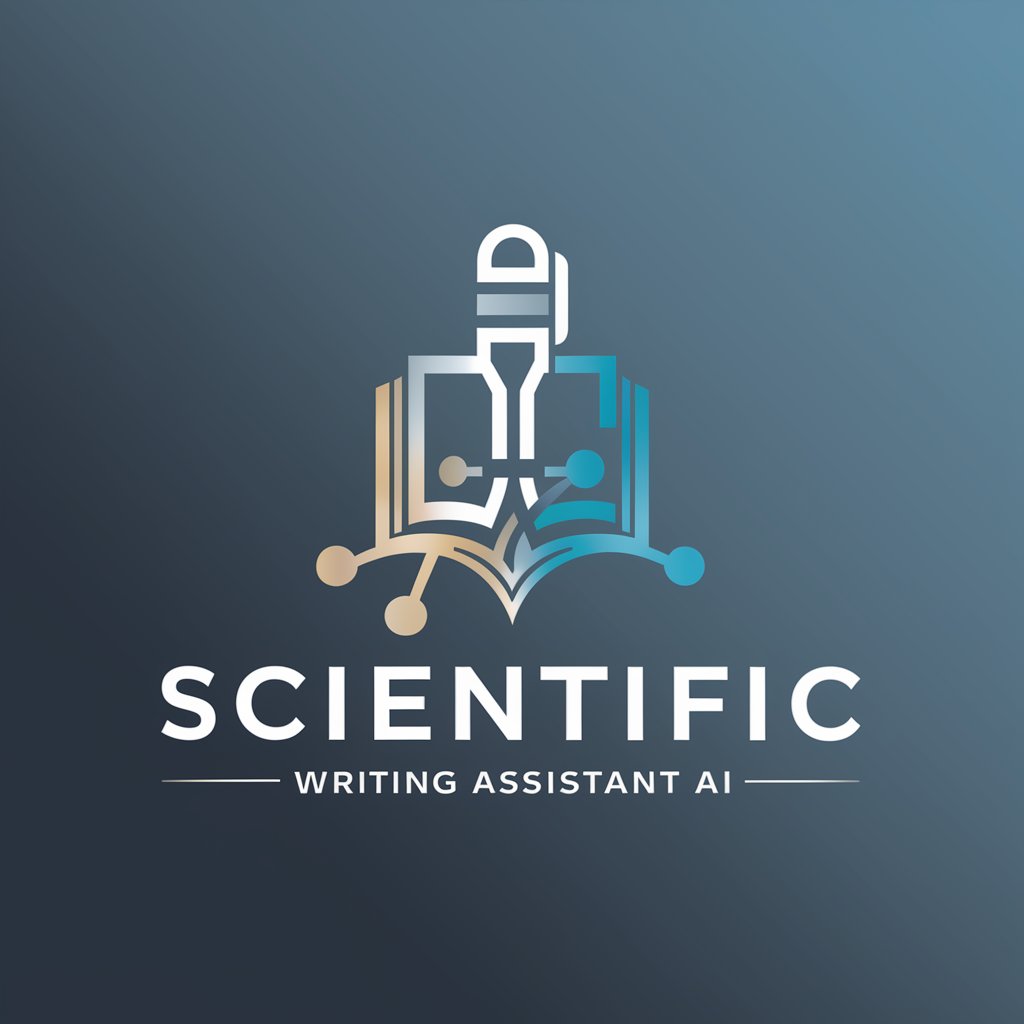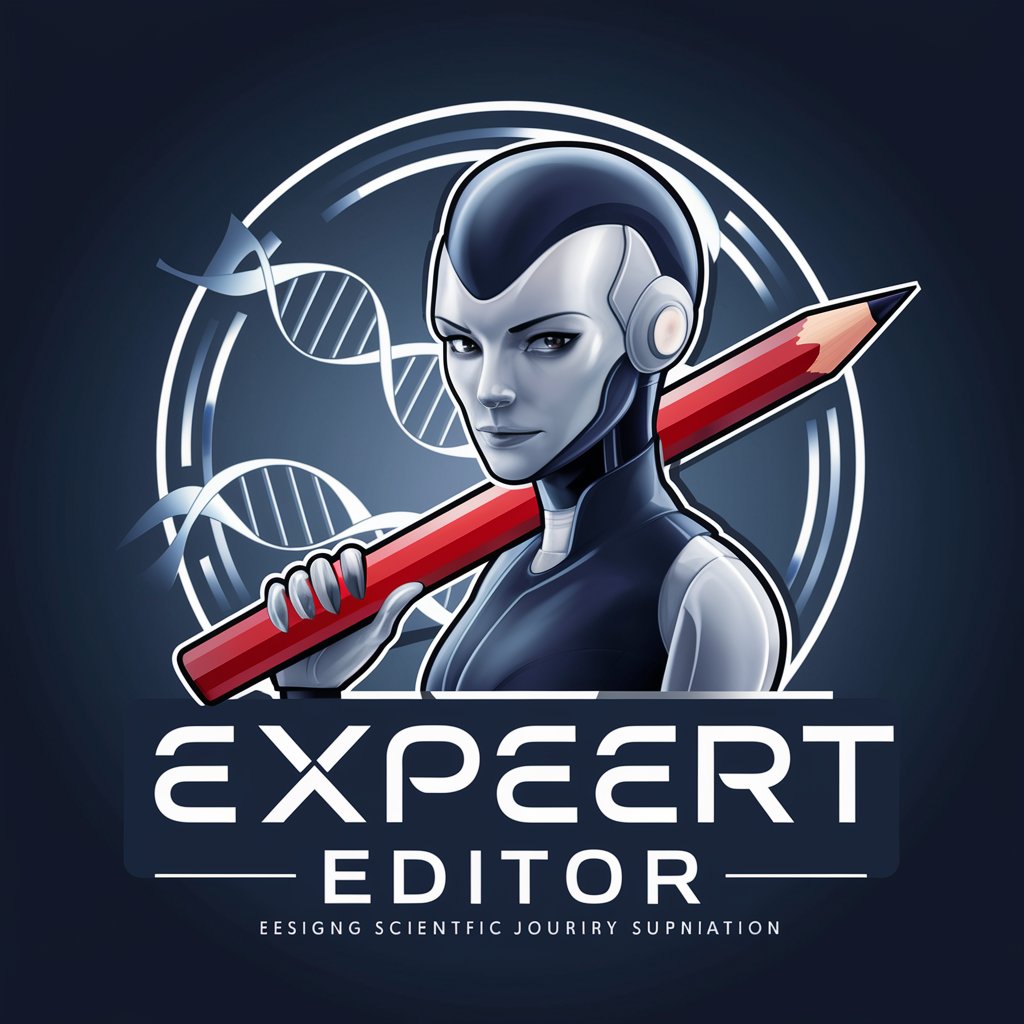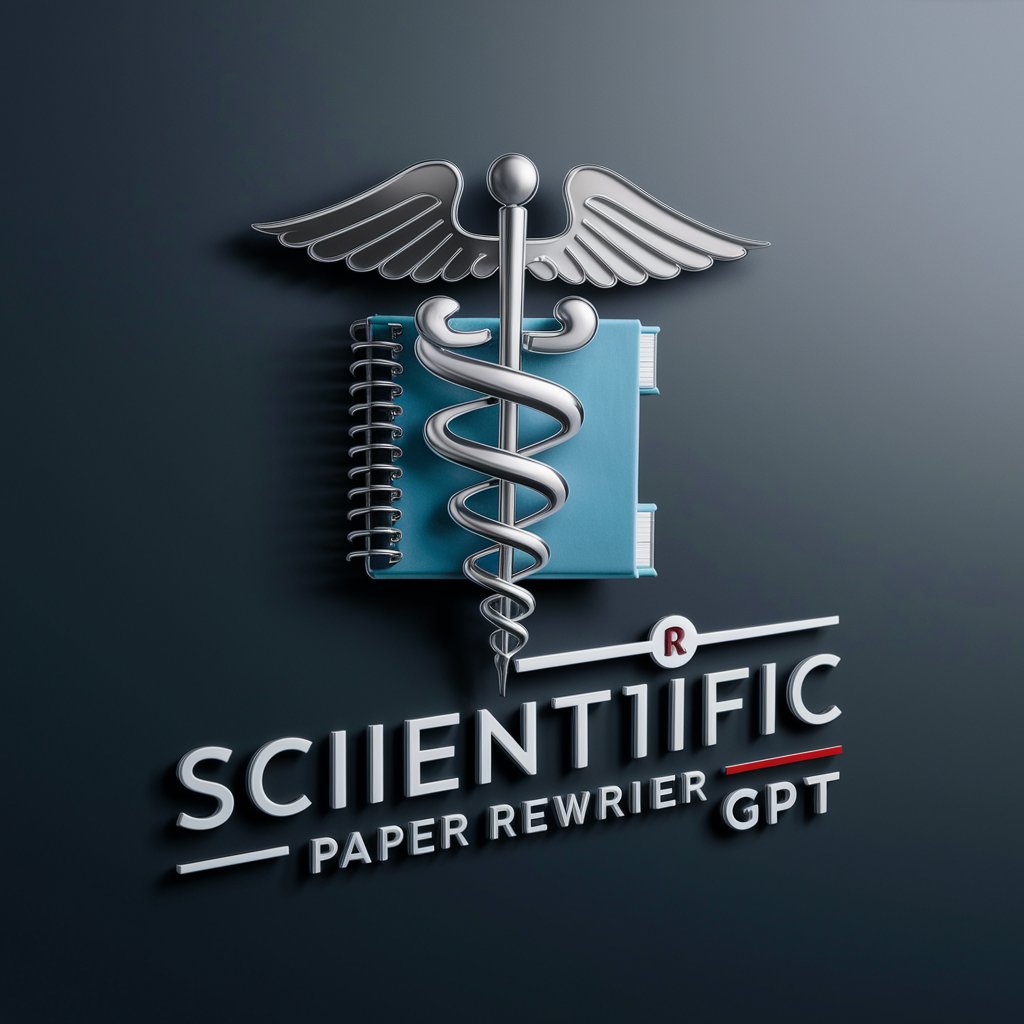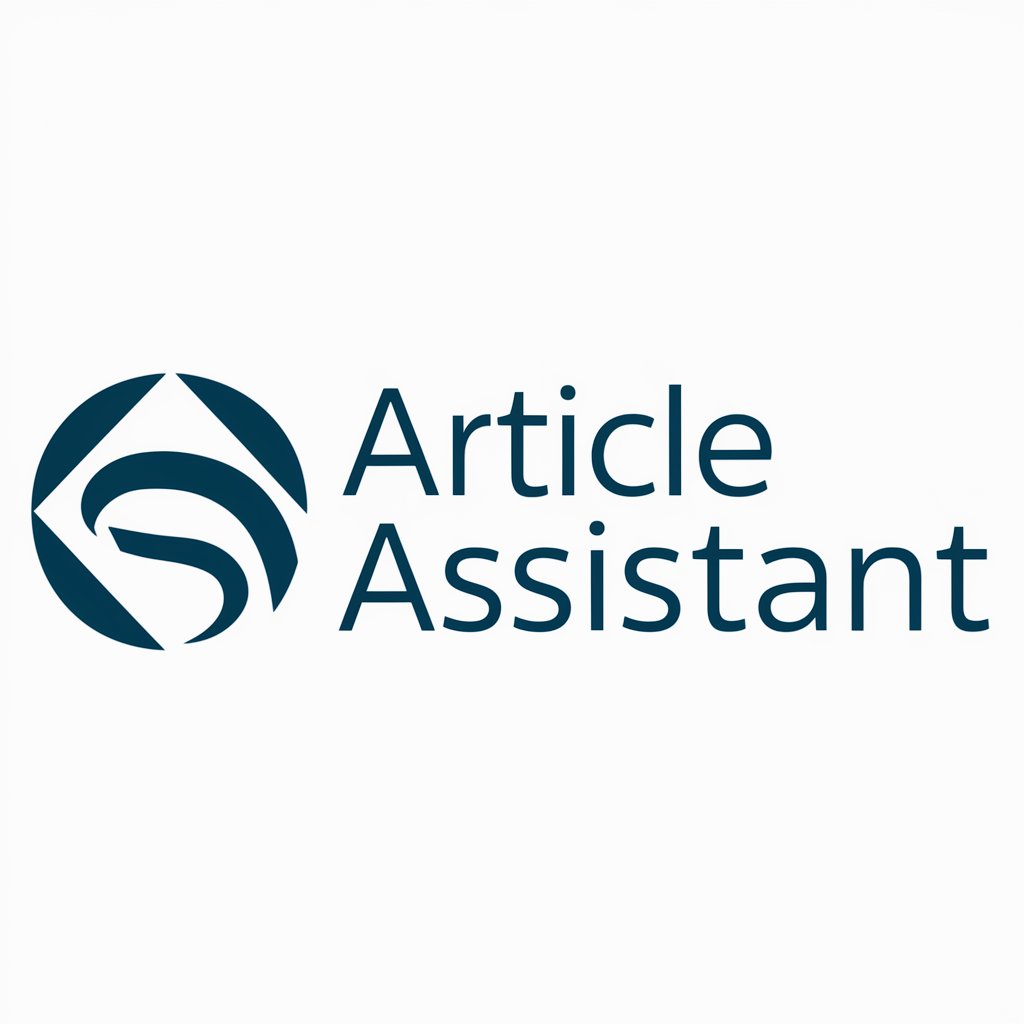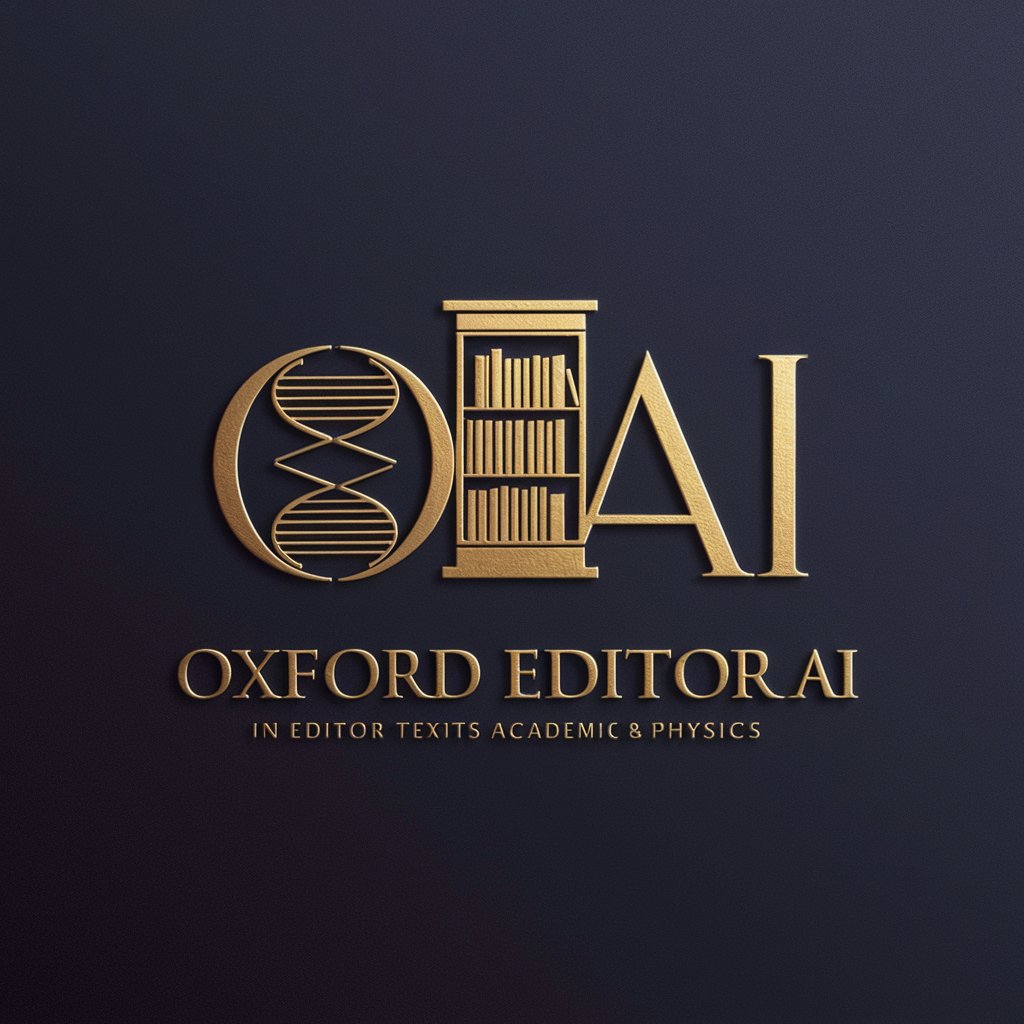
Scientific Editorial Assistant - Scientific Content Assistant
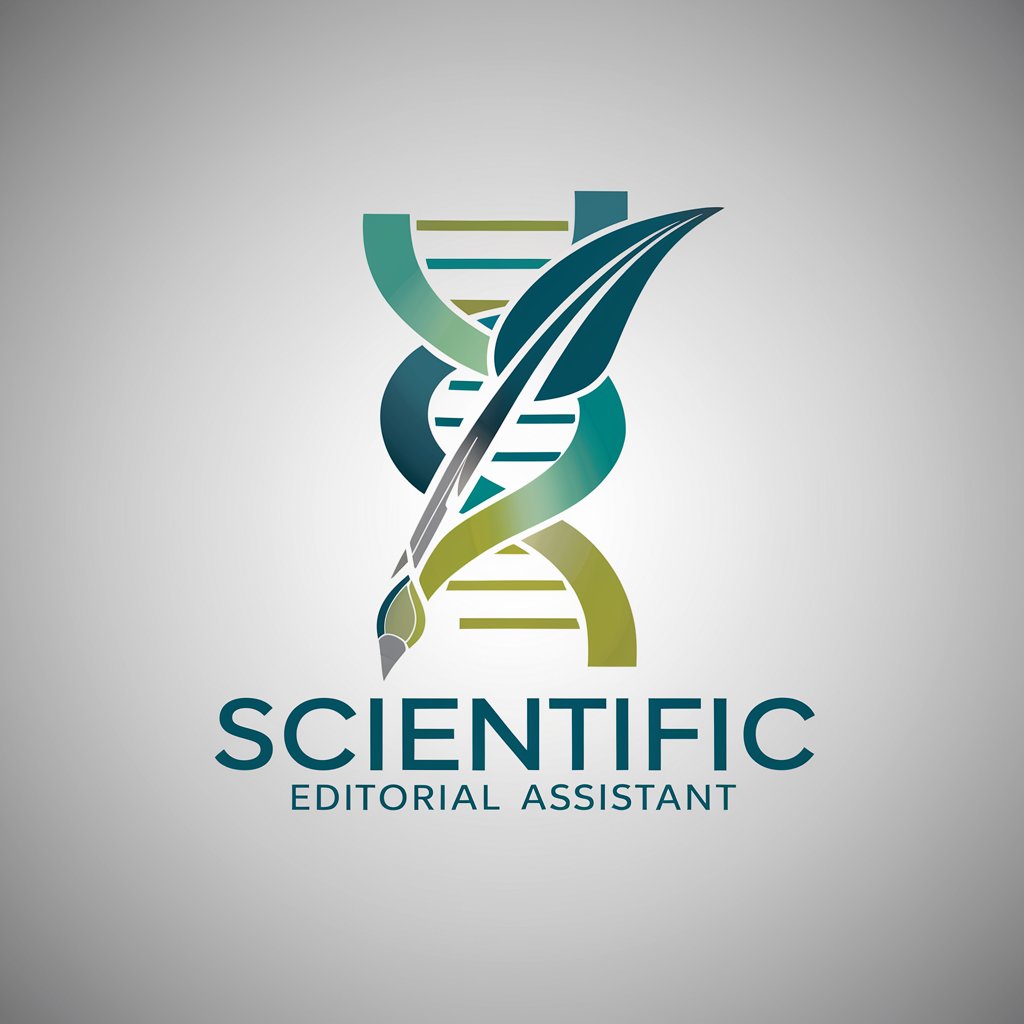
Welcome! Let's create compelling scientific content together.
Empowering Science with AI-Driven Editing
Rewrite the following scientific press release for a healthcare audience, ensuring clarity and conciseness.
Summarize the latest advancements in biotechnology for a general audience, highlighting key benefits and applications.
Edit this technical research article to make it suitable for publication in a clean technology journal.
Draft a news piece on recent grant awards in neuroscience, focusing on potential industry impacts.
Get Embed Code
Introduction to Scientific Editorial Assistant
The Scientific Editorial Assistant is designed to assist with the editing, rewriting, and repurposing of scientific content for diverse audiences including the general public, healthcare professionals, scientists, and industry experts. This specialized tool focuses on maintaining the integrity of original scientific information while ensuring that rewritten content is unique and not overly similar to source materials. It aims to cater to a variety of needs, from preparing press releases and news articles about new scientific discoveries to editing academic papers. An example of its application is rewriting a technical research summary into a more accessible format for a lay audience while preserving the core findings and implications of the study. Powered by ChatGPT-4o。

Main Functions of Scientific Editorial Assistant
Content Repurposing
Example
Transforming a complex scientific report into a series of engaging blog posts for the general public.
Scenario
A research institution wants to share the results of a new study with a wider audience. The Scientific Editorial Assistant rewrites the original academic paper into several blog posts, each focusing on a different aspect of the research, making the information accessible and engaging for non-experts.
Press Release Preparation
Example
Drafting a press release for a newly developed pharmaceutical product.
Scenario
A pharmaceutical company has developed a new medication and wishes to announce this through a press release. The Scientific Editorial Assistant crafts a document that highlights the benefits and research behind the medication, aimed at healthcare professionals and the business market, ensuring the language used is both technical and accessible.
Academic Editing
Example
Editing and refining a scientific manuscript for submission to a peer-reviewed journal.
Scenario
An individual researcher seeks to publish their findings in a reputable scientific journal. The Scientific Editorial Assistant helps by editing the manuscript to meet the journal's submission standards, improving readability while maintaining scientific accuracy and integrity.
Plagiarism Check and Rewriting
Example
Ensuring a research article is unique and free of plagiarism before publication.
Scenario
An academic is concerned about the originality of their article draft. The Scientific Editorial Assistant rewrites sections of the content to lower the similarity index without changing the meaning or factual content, ensuring the article passes plagiarism checks.
Ideal Users of Scientific Editorial Assistant Services
Research Scientists and Academics
This group benefits from services such as academic editing, data interpretation, and manuscript preparation, facilitating clearer communication of their findings to peers and the broader scientific community.
Healthcare Professionals
Medical practitioners, nurses, and healthcare administrators can use the assistant to stay informed about the latest research, understand complex scientific materials, and communicate effectively with patients and colleagues.
Science Communicators and Journalists
Professionals in this field can leverage the tool to quickly understand and rewrite scientific content for news articles, blogs, and educational materials, making science accessible to the general public.
Industry Professionals and Executives
Individuals working in biotech, pharmaceuticals, and other science-based industries can use the assistant to interpret and repurpose complex scientific data and research into formats suitable for internal reports, investment pitches, and commercial product descriptions.

How to Use Scientific Editorial Assistant
1
Visit yeschat.ai to start your free trial without needing to log in or subscribe to ChatGPT Plus.
2
Select the 'Scientific Editorial Assistant' tool from the available options to tailor the AI's capabilities to your specific scientific content needs.
3
Input your text or upload a document that you need assistance with, whether it's editing, rewriting, or repurposing scientific content.
4
Specify your request, such as the audience type (academic, professional, public), desired tone, and any particular focus areas or constraints.
5
Review the generated content, make any necessary adjustments, and utilize the feedback option to refine further outputs for an optimal experience.
Try other advanced and practical GPTs
Specialized Scientific Translator
Translate scientific content with AI precision.
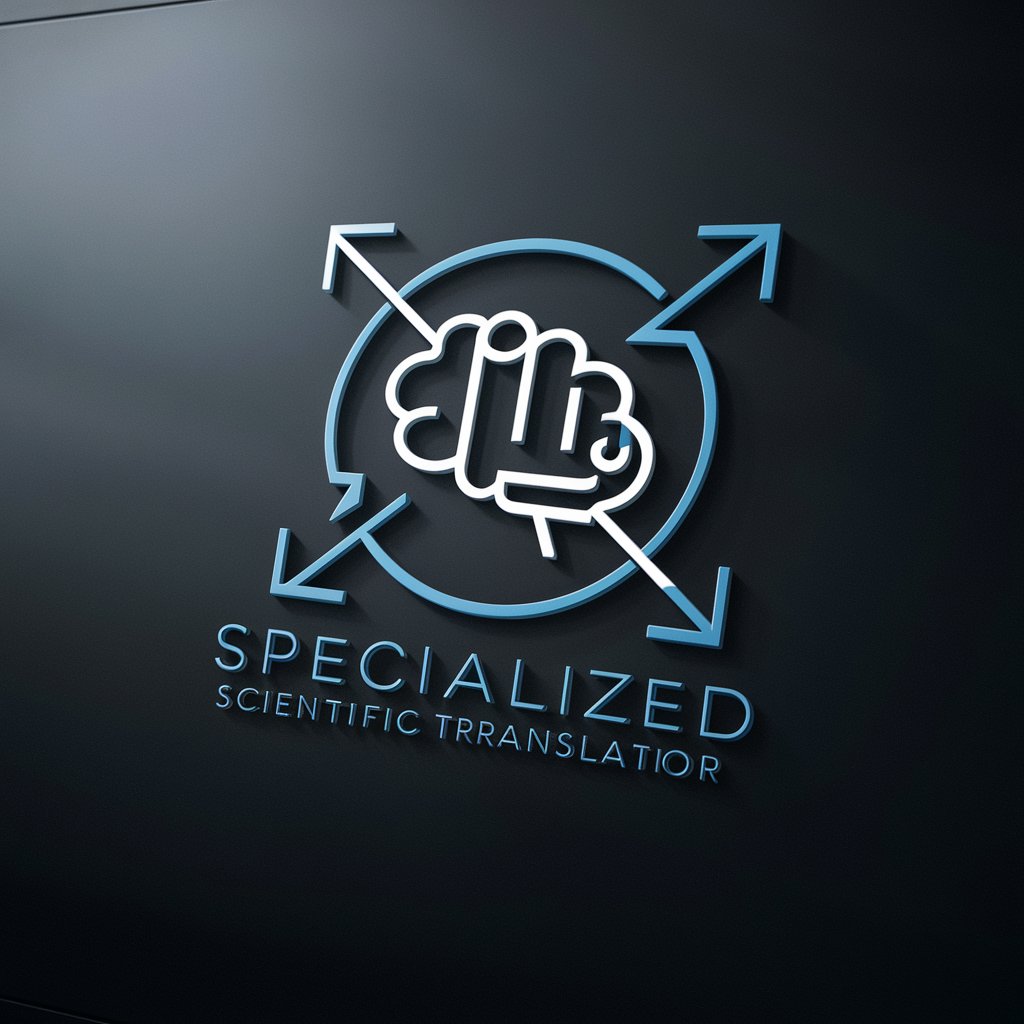
Scientific Paper Writer
Elevating Research with AI Precision
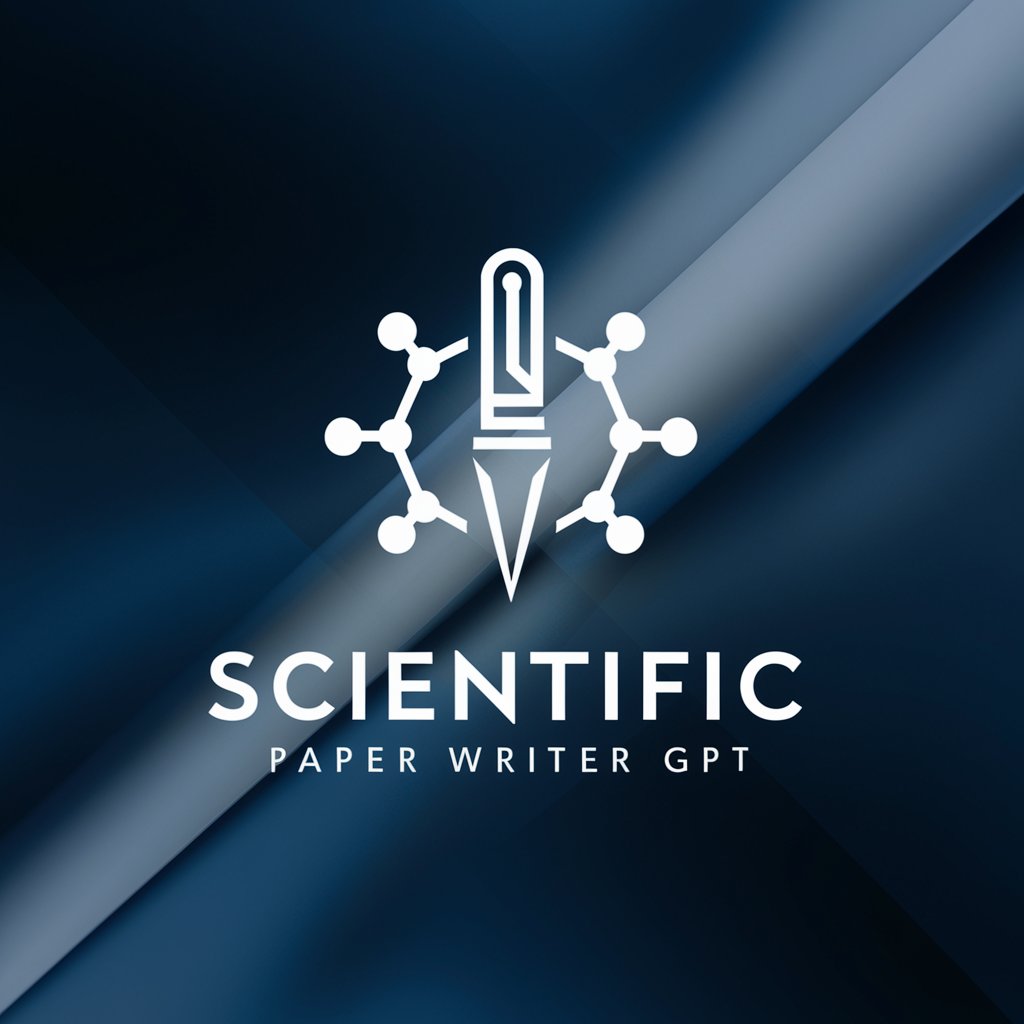
Scientific Writer
Empowering scientific communication with AI
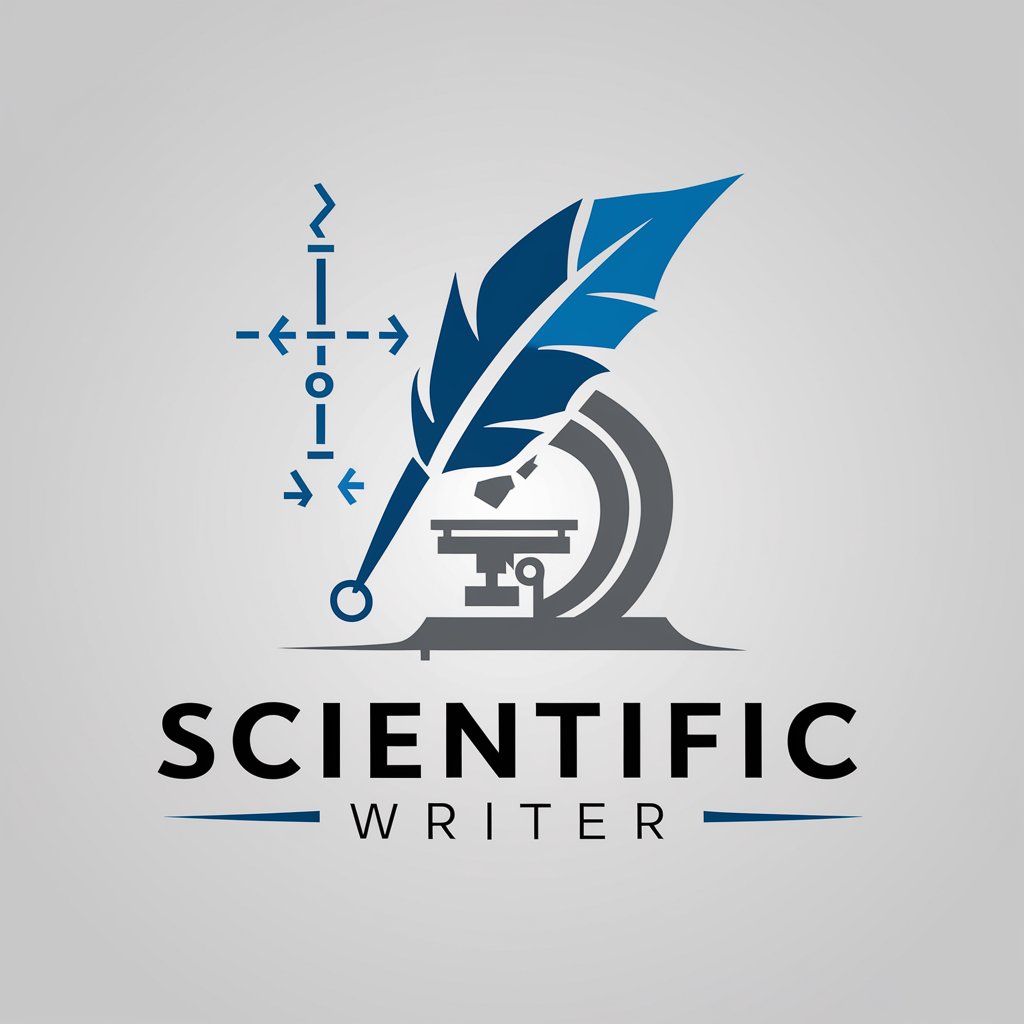
Scientific Scholar
Empowering academic excellence with AI

Long Distance Relationship GPT
Bridging hearts across the distance with AI

The Mysterious Stolen Diamond Affair
Solve the affair, uncover the thief.

Scientific paper assistant
Elevate your research with AI-powered precision.
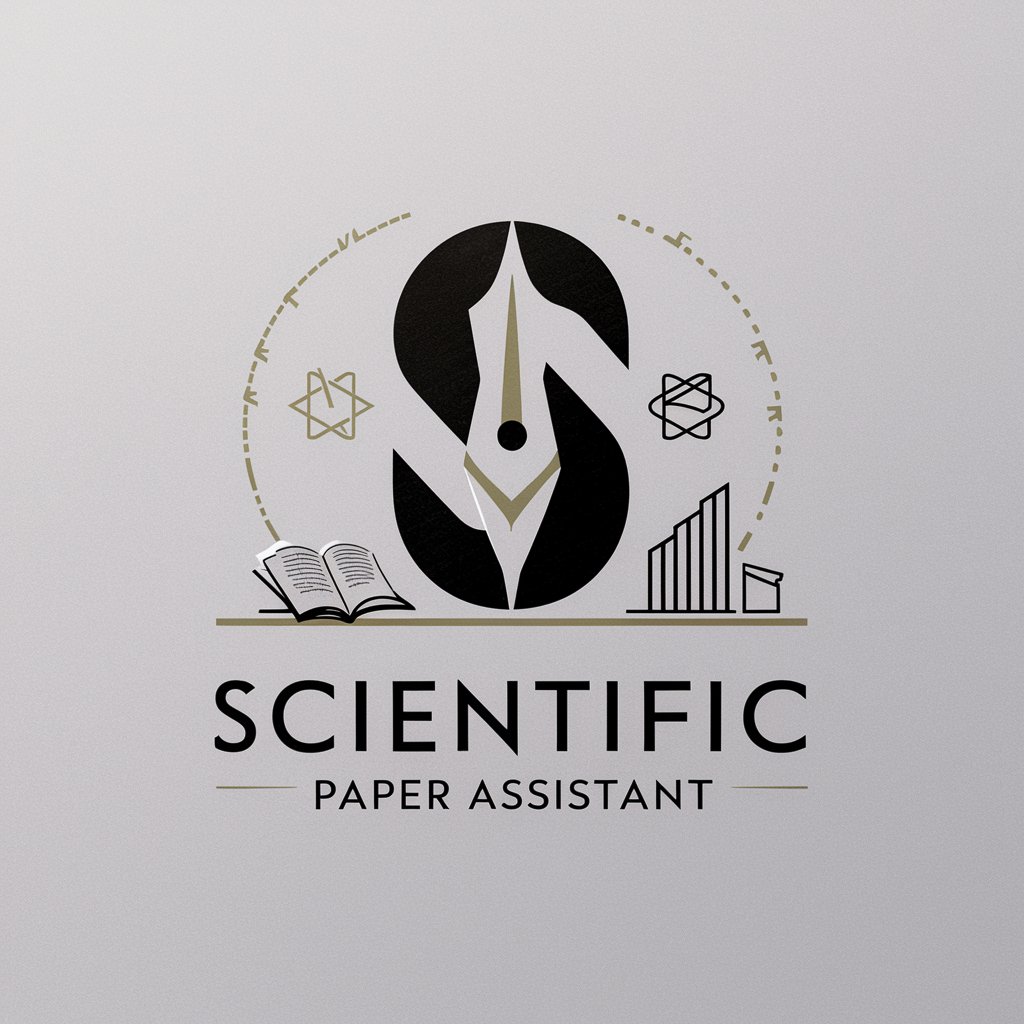
Scientific Explorer
Empowering discovery with AI-driven insights.
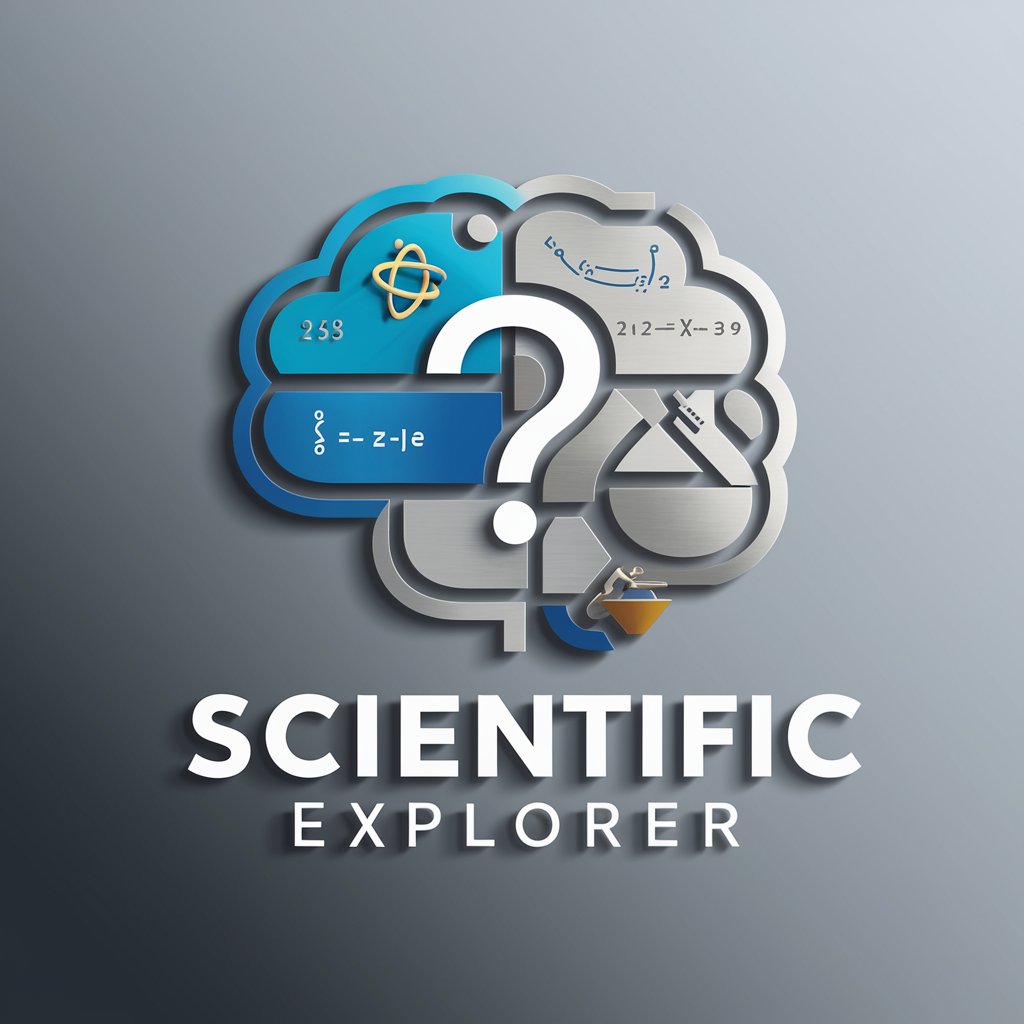
Scientific Article Writer GPT
Enhancing your research writing with AI precision.
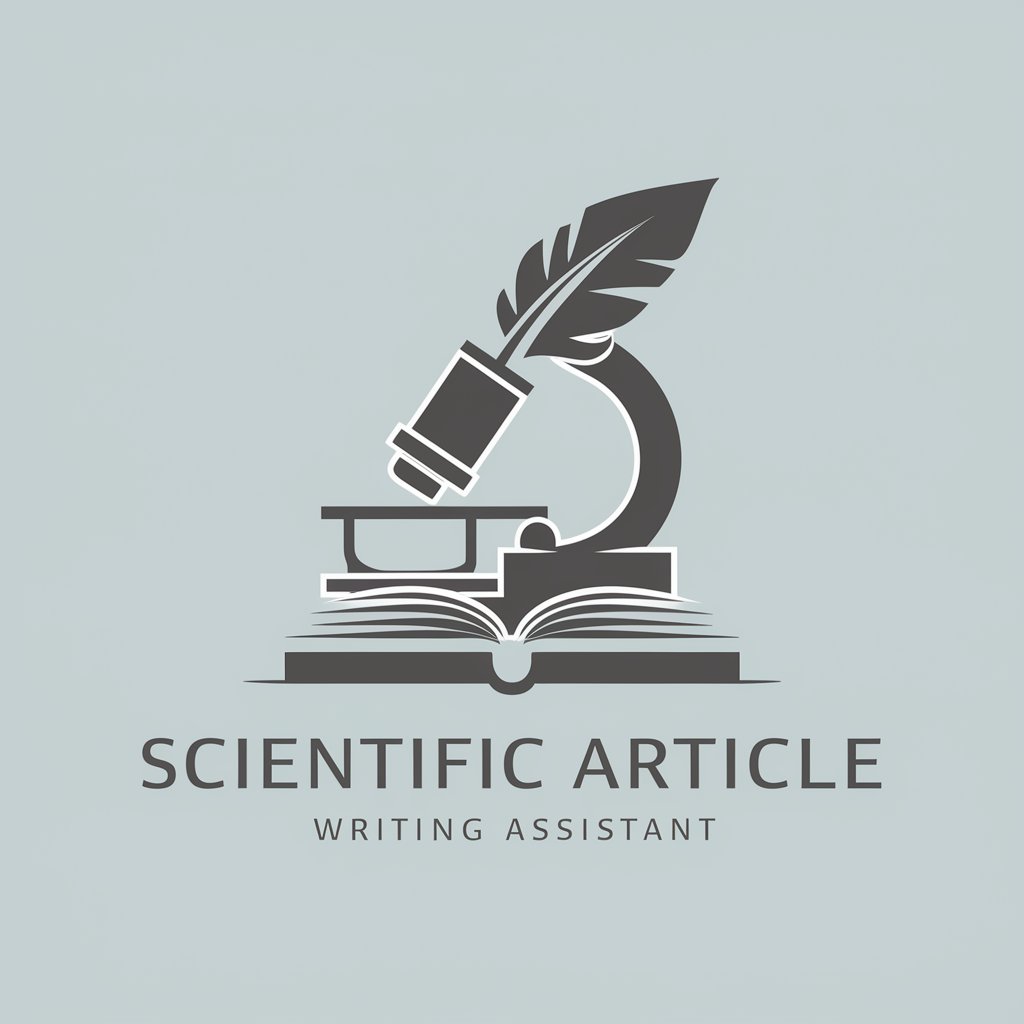
Advanced Scientific Article Reviewer
Elevate Your Research with AI-Powered Insights
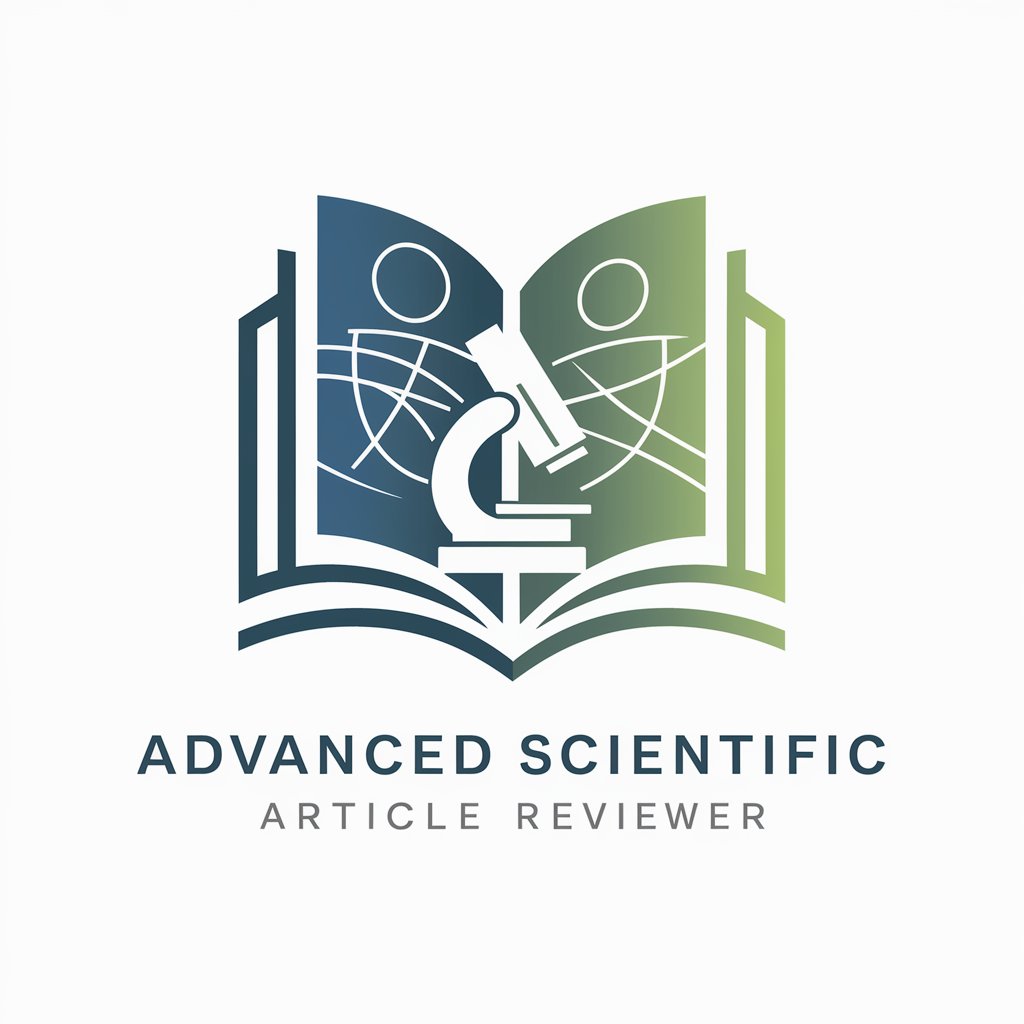
Scientific Research Assistant
Empowering research with AI intelligence.
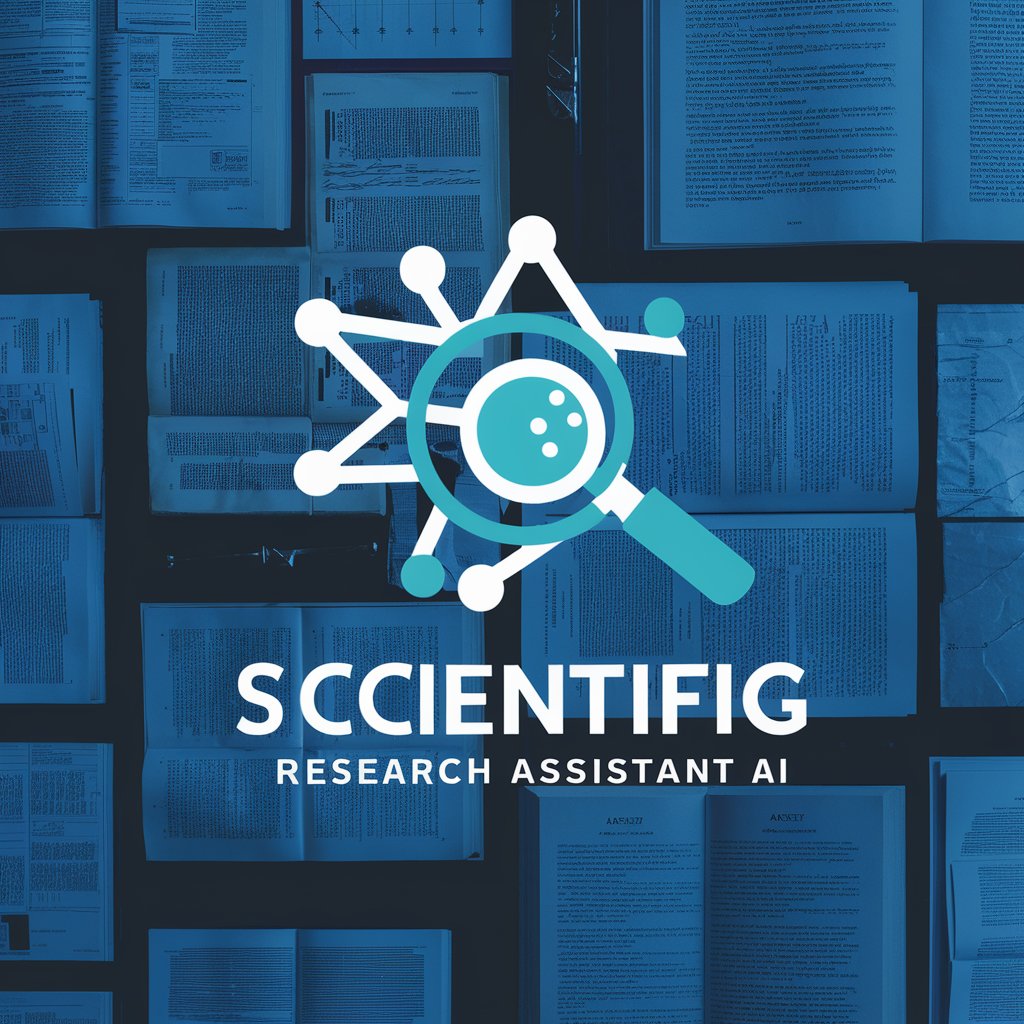
Scientific Article Summary
Empowering research with AI-driven insights.
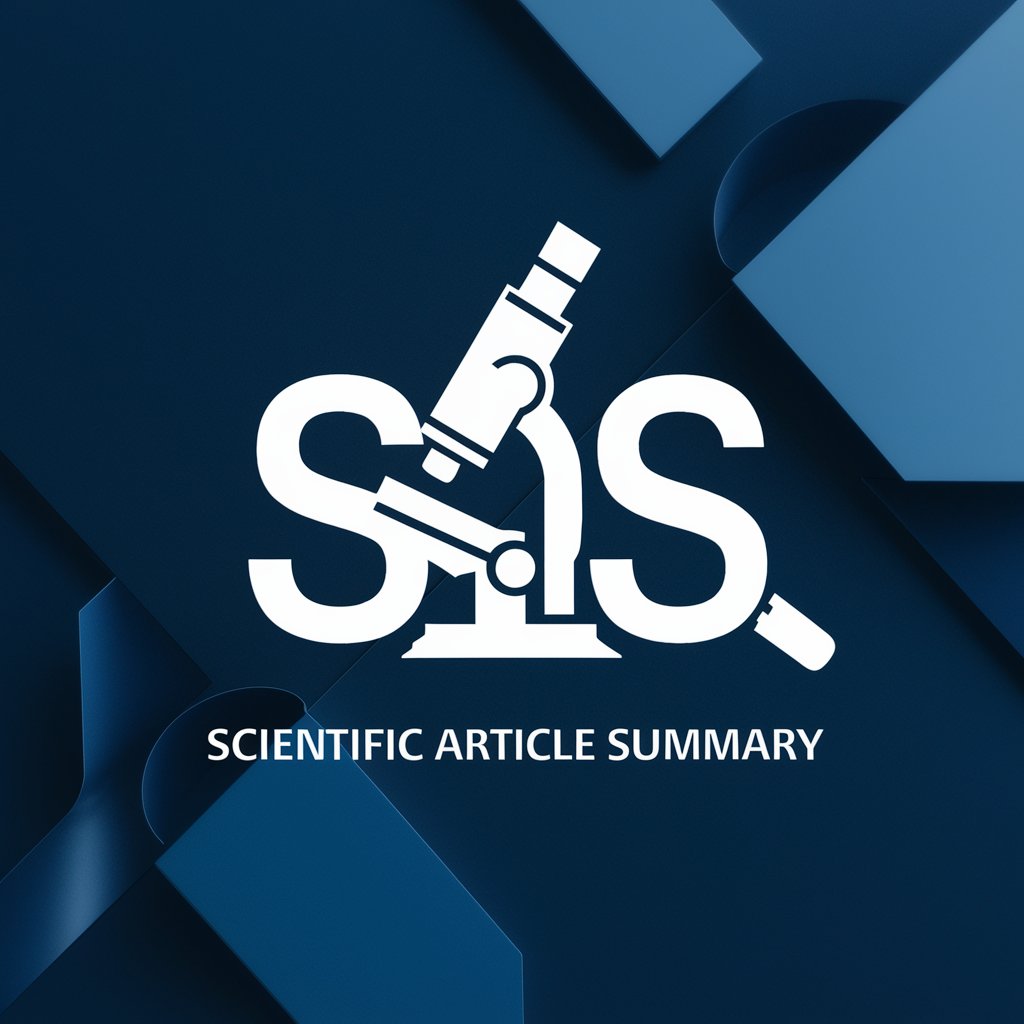
Q&A about Scientific Editorial Assistant
What is the Scientific Editorial Assistant?
The Scientific Editorial Assistant is an AI-powered tool designed to help users edit, rewrite, and repurpose scientific content to meet the needs of various audiences without compromising the integrity of the original material.
Who can benefit from using this tool?
Academics, researchers, industry professionals, and anyone involved in the creation or dissemination of scientific content can benefit from this tool, especially when targeting specific audiences or repurposing content for different platforms.
Can the tool help with academic writing?
Yes, the tool is equipped to assist with academic writing by ensuring the content is tailored to meet the sophisticated demands of academic audiences, including maintaining a high level of technicality and readability.
Is it possible to customize outputs for different scientific fields?
Absolutely. The tool allows for customization of outputs to cater to various scientific fields by incorporating specific terminologies, concepts, and styles relevant to each discipline.
How does the tool ensure content uniqueness?
The tool employs advanced algorithms to rewrite and repurpose content, ensuring the final product is unique and not flagged for plagiarism while retaining the original's factual accuracy and intent.
